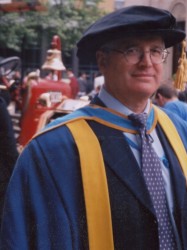BibTex format
@article{Di:2020:10.1021/acsami.9b19283,
author = {Di, Lecce S and Kornyshev, AA and Urbakh, M and Bresme, F},
doi = {10.1021/acsami.9b19283},
journal = {ACS Applied Materials and Interfaces},
pages = {4105--4113},
title = {Electrotunable lubrication with ionic liquids: the effects of cation chain length and substrate polarity.},
url = {http://dx.doi.org/10.1021/acsami.9b19283},
volume = {12},
year = {2020}
}

